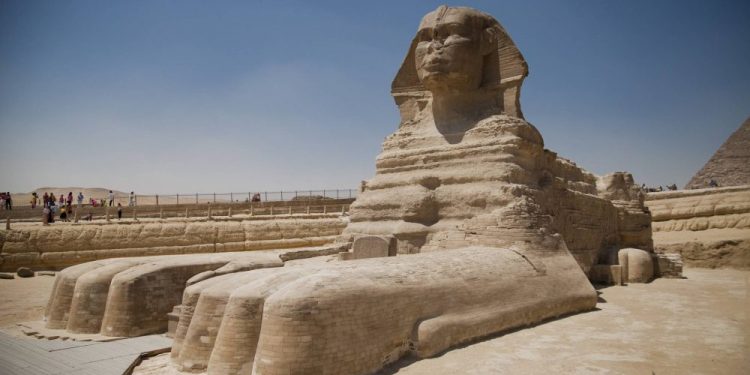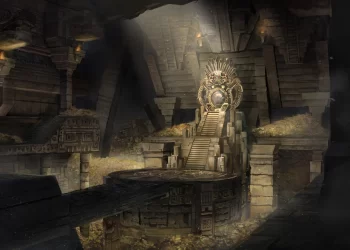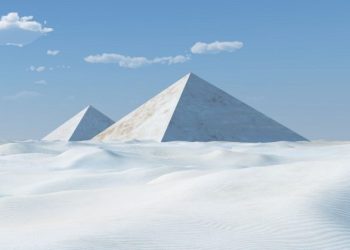Scientists have noticed that many ancient Egyptian pharaoh statues lack noses. At first, it was attributed to the fact that the nose is an outstanding part of the face. The statues, as a rule, are more than one thousand years old, and during this time, if anything could leave its usual place, it was the nose. However, the nose turned out to be more complicated.
As Adela Oppenheim, curator of the Egyptian department of the Metropolitan Museum in New York found out, the Egyptian pharaohs were deprived of their nose quite deliberately. The fact is that according to the ideas of the ancient Egyptians, not only them but each statue also possessed vitality and could thus influence what was happening in reality.
Why Do Statues of Egyptian Pharaohs Have Broken Noses?
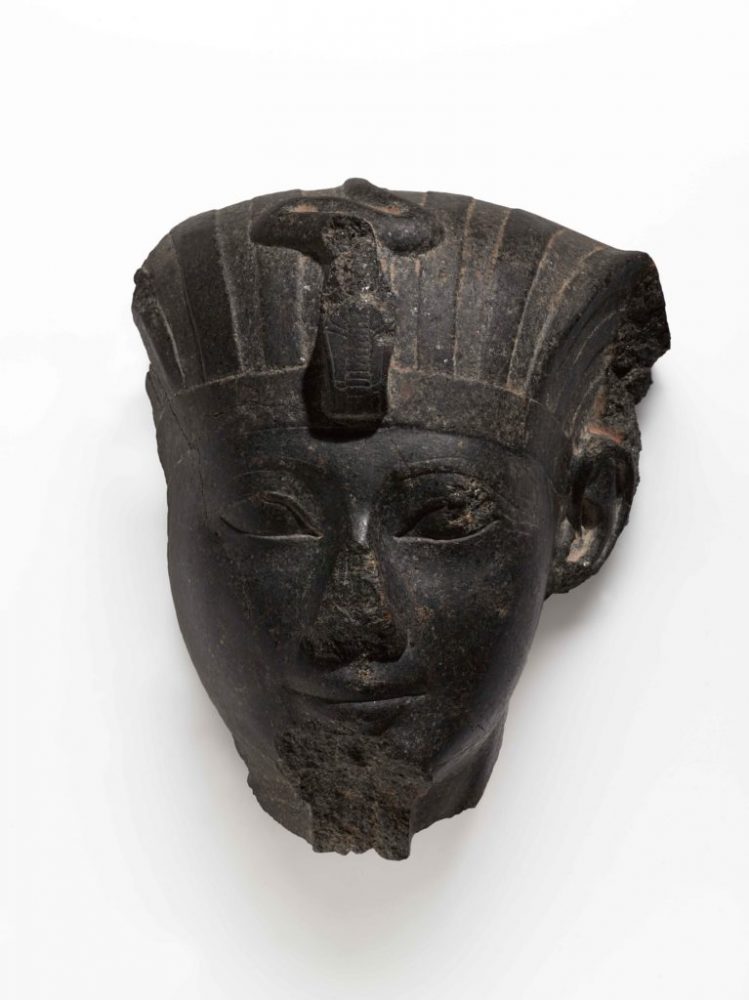
The statues received this power together with the breath, that is, through the nose, respectively. If you deprive the pharaoh statue of the nose, their influence in the afterlife – and the fact that it was there, no one doubted – would not spread to the real world.
Interestingly, the life force appeared in the statue, thanks to a special ritual of “revitalization,” the ritual of “opening the mouth” – this was when eyes, eyebrows, and mouth were painted on the face of the sculpture, and nostrils were drawn. From that moment, it was believed that the statue of the pharaoh was fully present in the world of the living. And it remained there, of course, even after the death of its owner.
Why do this?
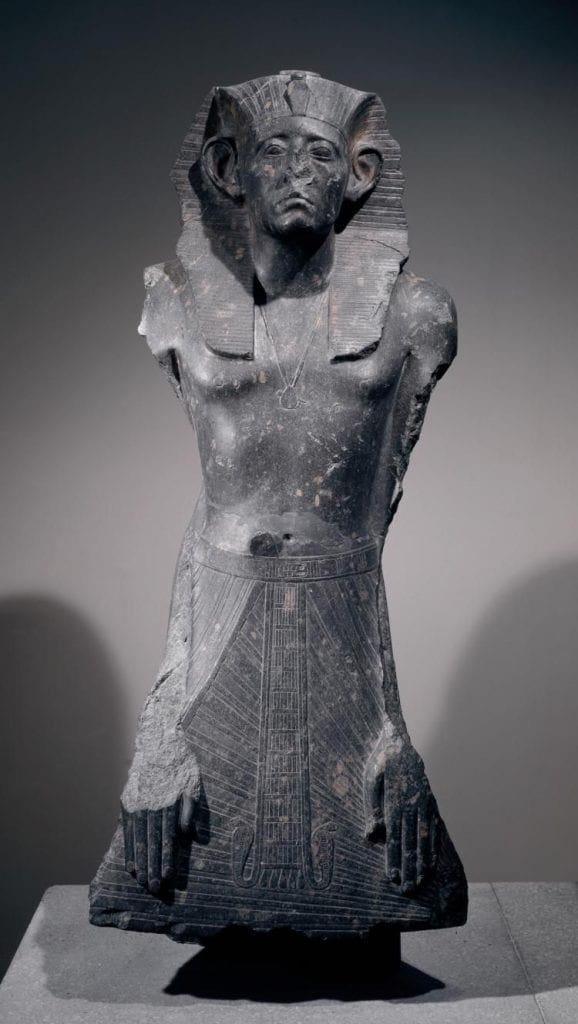
Who could have dealt with this abuse? Who could get in the way of the nose? Obviously not the contemporaries of the pharaohs. Imagine, for example, a subject of Ramesses II suddenly being caught in front of the statue of his master with a hammer in his hands.
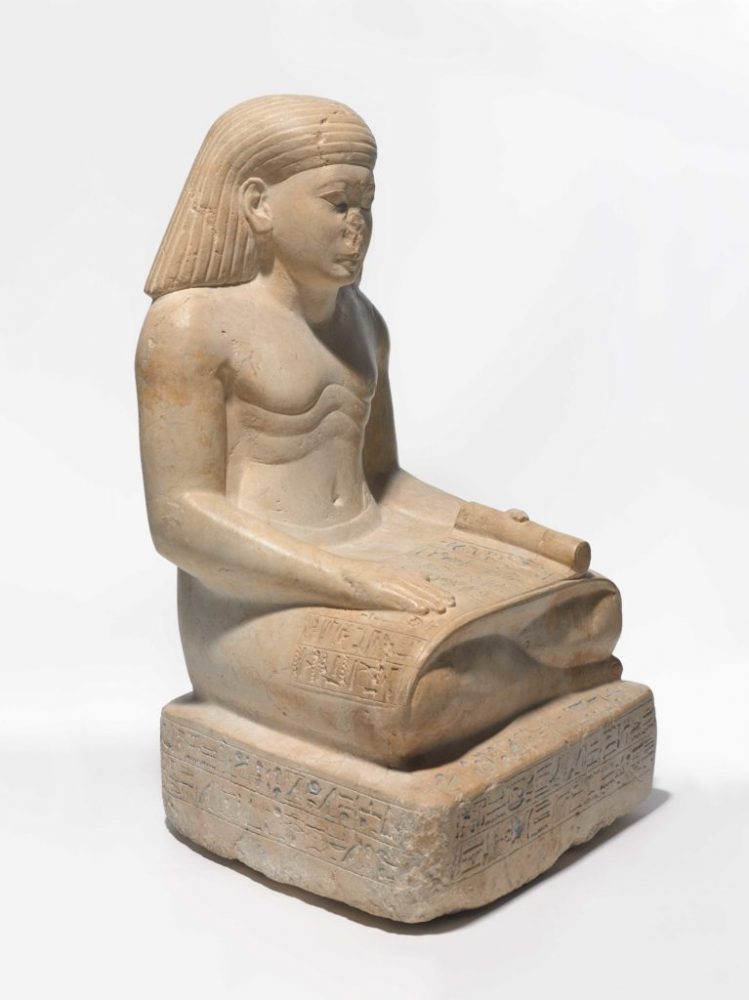 Amunhotep, Son of Nebiry, ca. 1426-1400 B.C.E. Limestone, pigment. Credit: Brooklyn Museum, Charles Edwin Wilbour Fund
Amunhotep, Son of Nebiry, ca. 1426-1400 B.C.E. Limestone, pigment. Credit: Brooklyn Museum, Charles Edwin Wilbour Fund
Scientists suggest that the desecration of the statues is the work of seekers and thieves of treasures that have been digging in the Egyptian pyramids from time immemorial. Moreover, this was done not for the sake of pampering but just so that the life force of the dead pharaohs did not interfere with filling their pockets with gold jewelry. The Tomb Raiders believed that the ancient kings and gods looked at them condemningly and that the looted wealth would not bring any benefit. So, they broke the noses off. However, some went further and knocked their heads off at the statues. To be sure.
Join the discussion and participate in awesome giveaways in our mobile Telegram group. Join Curiosmos on Telegram Today. t.me/Curiosmos



